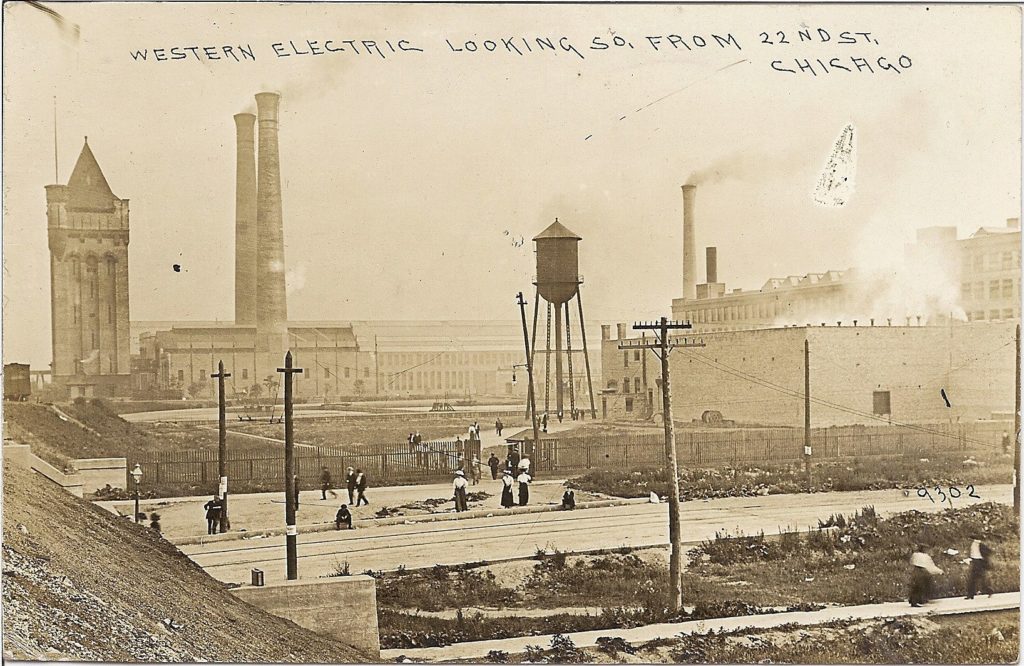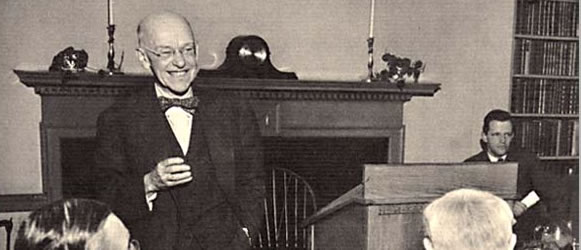Team building activities are now widely accepted all over the world in all kinds of companies, but they have a quite short history.
In fact, before team building activities appeared, there was the need to create the concept of being a team.
In this article you will discover the interesting history of team building, with its origins and its evolution steps.
Furthermore, you can learn more about this topic in the following articles:
Sometimes companies organize a team building activity because it simply became a common practice, but if we look at its history to understand the reason for its birth and application, it will be easier to organize a team building which has a clear purpose in order to achieve tangible results.
Keeping this in mind, let’s go a little bit into the past, where the birth of team building almost happened by chance, as a side effect of experiments born for different reasons.
Despite studies prior to the 1920s by some psychologists such as Le Bon, Freud and McDougall which related to group dynamics, the first practical experiments were carried out by Elton Mayo, an organizational theorist widely regarded as the pioneer of social experiments dealing with employee behavior.
The outcome of his studies that we are going to tell you about, overturned the early twentieth century Taylorism, of which Henry Ford was the main sponsor with the assembly line.
HAWTHORNE STUDIES
Hawthorne Studies are a series of experiments conducted by Elton Mayo between 1924 and 1932 at the Western Electric Company, Hawthorne Works, a factory that produced telephone equipment in Illinois, USA.

The study was originally focused on manipulating workplaces in order to find out if they had effects on worker productivity.
The workers were divided into two groups: the experimenters gradually increased the intensity of the lights for the first group, maintaining normal working conditions for the second one (control group). The result was a marked increase in productivity in the first group.
The next step was to introduce more variables such as a reduction in working hours and a greater number of breaks. Again, an increased productivity was observed in the first group.
Then, the strange thing happened: productivity increased in the first group even after lowering the intensity of the lights.
Indeed, productivity remained high for all the duration of the experiment, while it began to reduce gradually once completed.
HAWTHORNE EFFECT
After careful analysis of his data, Mayo had to admit that the observations were not a direct effect of the different variables he introduced.
In fact, productivity improved due to the involuntary effects of the experiment’s set-up.
The workers increased the effort because their managers simply showed an interest in their wellness and in their working conditions.
Productivity was also enhanced by the new environment, because it was a break in the routine of their daily work. The change of behavior due to these factors came to be known as the ‘Hawthorne effect’.
Obviously, they would have been naive to think that these were the only reasons for the observations they saw. The increase in productivity was also given to the fact that someone was there to observe the workers.
This is why the Hawthorne effect is sometimes called the ‘observer effect’.
TEAM BUILDING IMPLICATIONS
Other parts of the Hawthorne studies showed even more important discoveries relating to teamwork and teambuilding.
As part of one of the experiments, Mayo and his colleagues chose two female workers, asking them to choose, in their turn, four more.
The six women formed a group that had a separate room and a seventh person who was in charge of supervising their work.
Their behavior was observed over a five years period, comparing it to a control group of randomly selected female workers.
All women had to assemble the telephone relays, so the number of relays they did each day was taken as a measure of their productivity.
As in the original experiment, other variables were also introduced such as shorter work days, longer breaks and free meals.
The productivity of this small group increased while it remained unchanged in the control group, however Mayo did not reduce this result simply to the nature of the changes.
In fact, he concluded that the main factor causing the increase in productivity was the sense of belonging to the team that the six women developed over the period of the experiment.
This led them to increase their production to demonstrate their great skills to their superiors and colleagues.
Mayo was right because, once the experiment was over, the women admitted in an interview that the intimate atmosphere created in their small group gave them a feeling of freedom that they could not enjoy within a large assembly line.
Furthermore, being able to talk to each other, they made a lasting friendship. It is not a coincidence that the productivity of that team continued to increase even after the end of the experiment.
CONCLUSIONS
The last studies revealed the mechanisms which are fundamental in order to have a “performing team” and the behaviors capable of bringing out the group’s potential.
Elton Mayo underlined them in the following points:
- The manager (chief observer) had a personal interest in each person’s results.
- He was proud of his group’s record.
- He helped his group to be a proper team and to improve their working conditions.
- He faithfully published performance feedback.
- The group was proud of their achievements and to receive the satisfaction of strangers who were showing interest in what they did.
- The group didn’t feel forced to change.
While Mayo’s experiments were obviously criticized by the common idea of that time, their value still remains today. Negative effects are immediately observed when the board of any company ignores the human side.
The results of this research have pushed companies to seriously consider the idea of gathering their employees into smaller groups and these issues are still important aspects which are taken into consideration by human resources managers.
Of course, Elton Mayo’s research and experiments were only the beginning of a field that has now got a vast scientific application.
Let’s just take some examples, otherwise a book would not be enough to tell them all.
Fundamental were the research and experiments from 1920 to 1974 lead by Kurt Hahn, a German pedagogue who became the father of outdoor and experiential training.
It is impossible not to mention Bruce Tuckman, an American researcher and psychologist who published in 1965 a theory known as “Tuckman’s stages of group development”, which is still used in experiential methodology.
Although the theory and methodologies for team building were available on a large scale in the 1970s, work culture didn’t tend to support the idea of teamwork, instead rewarding individual behavior.
From the early 1980s until 1990, the United States began to rethink the business and organizational structure of corporations, starting to see differently the team concept.
All of this was also part of a larger picture in which the need arose to cope with an economy with rising inflation and a significant international debt.
It was the beginning of team-based reward systems.
In fact, the years from 1990 to today are considered the era of high-performance teams, with consultant agencies that develop methods and tools such as team building activities to help organizations to have more efficient and happier team.
I hope you appreciated this brief summary of the history of team building.
As a human resources manager, what are the aspects which you consider fundamental to motivate your employees and create a performing team in which each member also takes care of everybody elses well-being?
We would like you to share your experience with us by writing a comment below or sending an e-mail to info@onebeat.events.






Recent Comments